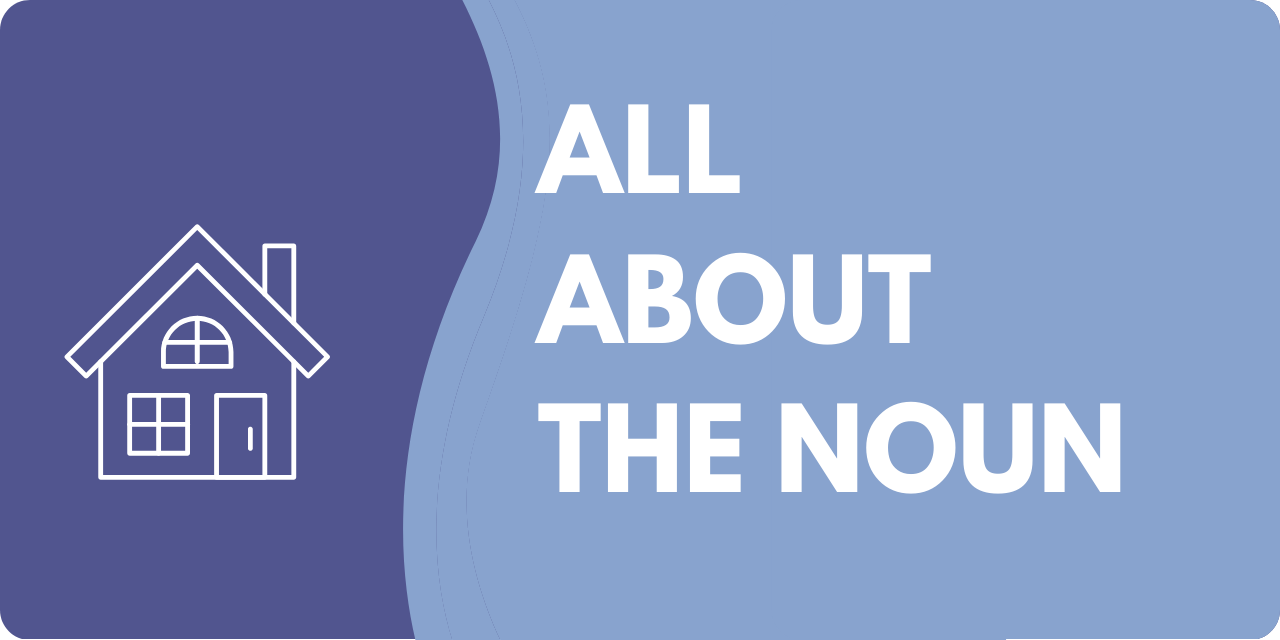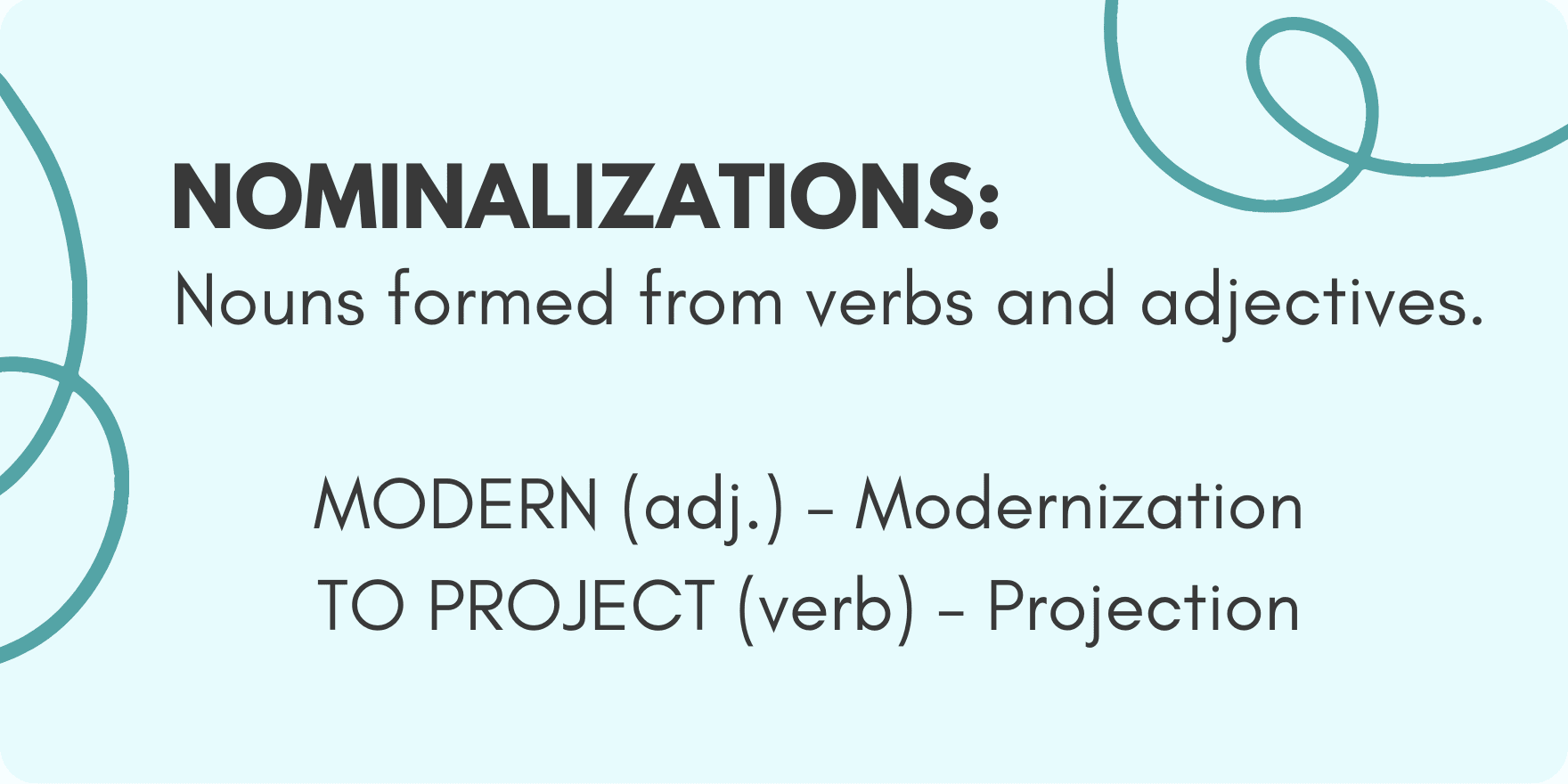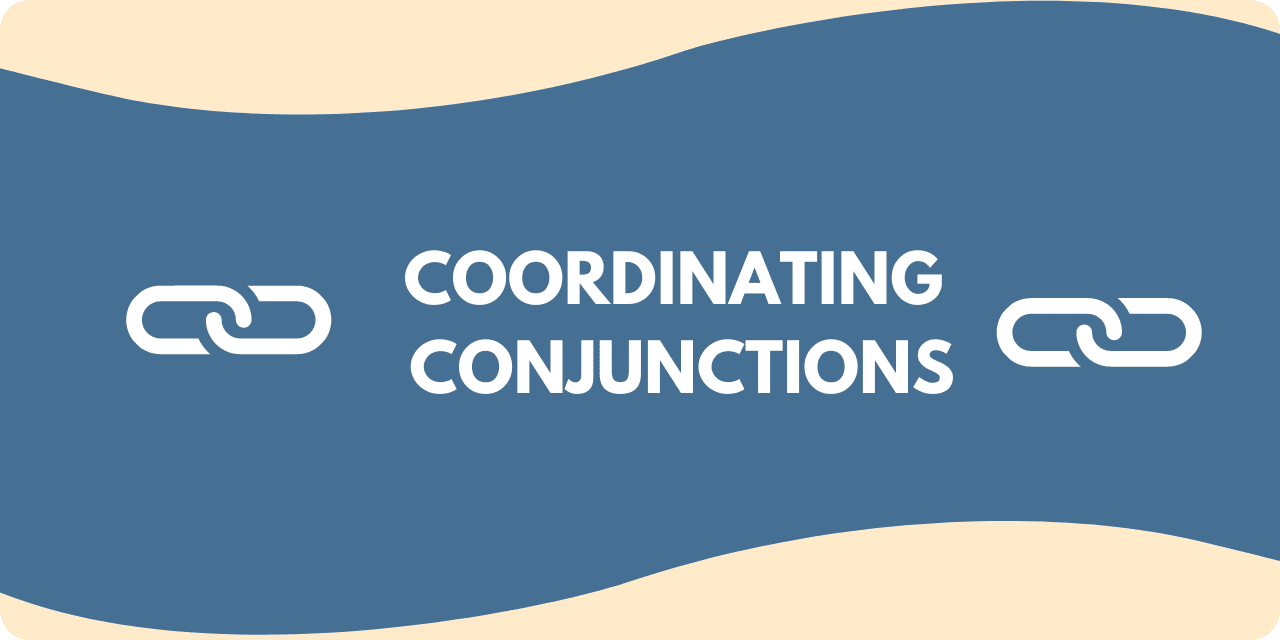Understanding why correct syntax matters will help you develop your editing skills when you’re proofreading someone else’s work.
In business writing, “syntax” is a set of rules that explain how you should put words together to make a sentence. YourDictionary.com explains that syntax includes “word choice, matching number and tense, and placing words and phrases in the right order.” Let’s take a closer look at the basics of syntax and how you can look for it as you edit.
Why is Syntax Important?
Essentially, the syntax is the reason that what you write makes sense. It’s the difference between good writing and bad, prose, and poetry. A sentence’s structure and punctuation affect its meaning. The Oxford Royale Academy offers these humorous examples:
“Let’s eat Grandma.” vs. “Let’s eat, Grandma.”
“Early men hunted mammoths armed with spears.” vs. “Early men armed with spears hunted mammoths.”
If you don’t want to munch on your grandma or hunt down weaponized mammoths, syntax matters – especially in business. How you write can speak volumes regarding your professionalism, your company, and its capabilities. As an editor, you have to know not only how to correct syntax, but also when to do it.
The Process
Before you start editing, there are a lot of articles online offering step-by-step guides. Some guides are relatively short. Others are more involved (the guide from Writing-Skills.com has 22 steps!). What’s important is finding the right editing process for you. You’ll want to include the following:
Know Your Stuff
If you’re taking on the challenge of correcting the syntax of other writers, you better have the knowledge and skills to do so. Make sure you’re familiar with the seven syntactic patterns, and that your spelling and grammar skills are sharp.
Purdue University offers an excellent free writing resource online that you can use as a reference for grammar, punctuation, and standard style guides if needed.
Follow the Style Guide
Remember back in high school when they made you write in ink instead of pencil, and cursive instead of print? How about in college when your English professor insisted all papers be in MLA format? Those are style guides – a list of specific standards to follow.
Style guides typically outline requirements for font, formatting, graphics and writing style, but it can also dictate voice, tone, and viewpoint. Following a style guide is key to developing a company’s brand, and if they provide a style guide, the writer needs to follow it.
Re-read the Document Multiple Times
You will not catch every error on the first read-through or even the second. Each time you go through the document, have a specific editing goal in mind:
- Your first time through is for spelling and grammar errors
- The second read should focus on adhering to the style guide
- The third time is to make suggestions regarding how to clarify or strengthen what they’ve written.
It’s also a good idea to start at the end of the document and read “up,” you’ll find mistakes you hadn’t noticed before.
Be Clear and Concise
Don’t beat around the bush. If there are spelling or punctuation errors, mark them. Question every word and think about whether there’s a better way to express the information without losing meaning.
It’s also a good idea to note why the change is being suggested or required. If you help the writer understand how the change clears up the text, it can improve their clarity over time.
Track Your Changes
Whether you’re using Microsoft Word or going old-school with a red pencil, mark your changes in a way that the writer can see what you have done. They can choose to keep the edit, and it gives them a visual of how much work they still need to do.
It can also point out a recurring problem. For example, if they keep using “its” instead of “it’s,” seeing the error highlighted throughout the entire document can remind them to be more aware of which form to use in the future.
Remember, Proofreading is Just a Tool
Spellcheck is great, so is Grammarly. Unfortunately, neither is perfect. They’re limited to the data within their own databases. While these programs are an excellent tool for an initial read-through, make sure you do your own close review to ensure the software didn’t miss something or even get something wrong.
Look at Word Choice
Is there jargon used that could be confusing and should be defined? Is there vague language or overly wordy phrases you can refine for clarity? Does the document have clichés or buzzwords that don’t really add to what they’ve written? Take them out. Small changes like these can increase the document’s impact.
Use Constructive Criticism
Mary Poppins had it right when she sang, “A spoonful of sugar helps the medicine go down.” How you edit and communicate with the writer regarding needed changes is vital.
According to Businessterms.org, constructive criticism “[provides] feedback in a manner that acknowledges both the positives and where there is room for improvement.” Point out what they’ve done right, as well as issues that need to be corrected.
Above all, avoid personal attacks and inflammatory language in your critique.
Challenge Every Change
Just because you can make an edit doesn’t mean you should. Does it improve the piece or just make it sound more like you wrote it?
An editor’s job is to critique and suggest changes that will strengthen what the author has written, not to rewrite the entire piece. Edit their work, don’t turn it into your own!
Be Consistent
Your edits should be consistent, especially if you’re doing so in a professional capacity. When you fail to apply the same standards to everyone, you produce inconsistent work quality that could lead to favoritism or bias. Develop a pattern that you will follow every time you sit down to edit. It will not only make the process easier but help you maintain objectivity.
Acting as an editor is tricky business. Your comments and critique affect the text, the writer, their confidence, and their relationship with you. The final product affects the reputation of everyone involved. Knowing how and when to correct syntax is a key element to successful editing.






